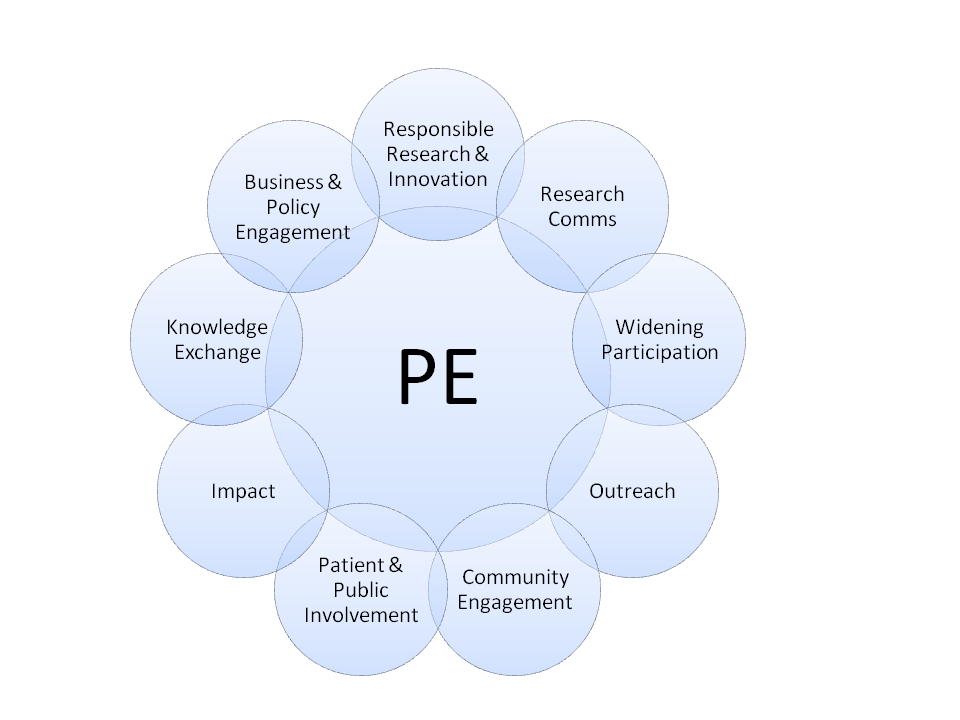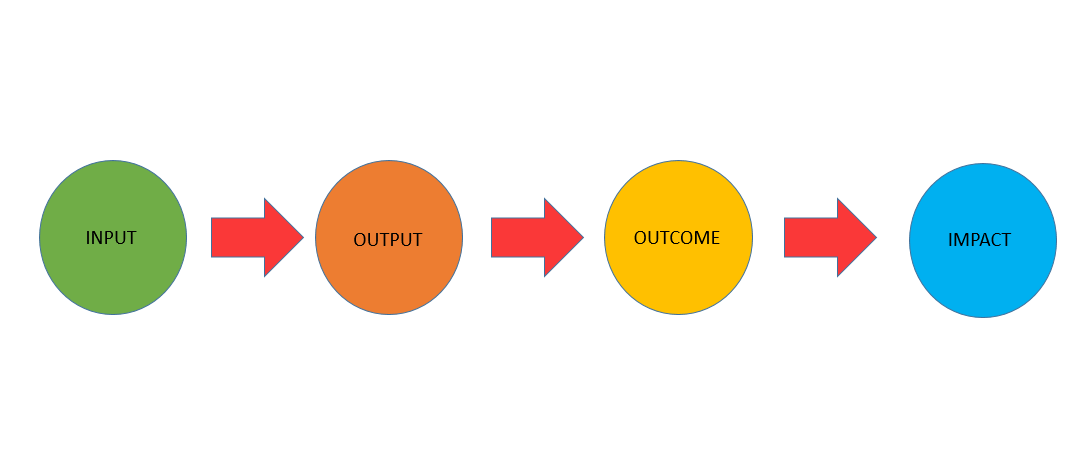Public Engagement Project Management: Engagement with Impact
− 1 min readby Nikolaos Alexandros Theodorou, Alumnus, MSc International Business
Reflecting on the series of three Public Engagement Project Management workshop sessions organised hosted by Dr Sophie Morris, I feel more confident in my ability to develop a strategy and monitor my future Public Engagement projects. I feel lucky to have had the chance to step into other people’s shoes and experience their aspirations and challenges concerning public engagement.
During the three digital interactive sessions, nine other participants and I were able to up-skill and exchange personal experiences and insights in conducting research or managing projects that incorporate a public engagement component. Most participants were doctoral students of staff of Maastricht University, but we also discussed the practitioners’ perspective, represented by people like yours truly.
The first session of the workshop focused on defining Public Engagement. How far beyond engaging with the public does it go, and why is it important to be incorporated by researchers and academics in their research process?
-
Setting the scene: What is Public Engagement?
According to the UK’s National Co-ordinating Centre for Public Engagement (NCCPE), Public Engagement “describes the myriad of ways in which the activity and benefits of higher education and research can be shared with the public. Engagement is, by definition, a two-way process, involving interaction and listening, with the goal of generating mutual benefit.”
The Mathematical, Physical and Life Sciences Division at Oxford Universitydefines Public Engagement with Research “as a range of ways of engaging members of the public with the design, conduct and dissemination of research - all with the goal of generating mutual benefit by enhancing the quality and socio-economic impact of research.”
However, one can find other definitions of Public Engagement (PE), and this variety highlights the significance of configuring the purpose and the key audience when designing a PE activity. In its broader meaning, a Public Engagement activity can include a lot of overlap as well as multi-faceted interactions and relationships with other activities, such as outreach, knowledge exchange or community engagement.
Nevertheless, there seems to be consensus on the purposes of engagement, which can fall under three main categories:
- Information: Inform and inspire your key audiences about your research and increase visibility and accessibility
- Consultation: acquire information on the public’s perspective and potential concerns about your research as well as new insights and points of view.
- Collaboration: Encourage public participation in your research, empower the public to act as your researchers, create collaborative research projects and configure the direction of a research programme, a policy or an application of research outcomes.

-
Why Public Engagement with Research?
The UK Research Councils explains that “public engagement can provide substantial benefits to the researchers involved in engaging the public, as well as providing a major contribution to society. Engaging the public can also improve the quality of research and its impact, by widening research horizons.”
According to NCCPE, five arguments make the case for Public Engagement:
- Accountability: PE processes include open, two-way conversations about what researchers do and why, that help build understanding and appreciation of universities and their research, as well as better, fit their work to the expectations of the society.
- Values and purpose: organisations and universities are expected to “walk the talk” when it comes to their values. PE allows them to re-connect to their roots and demonstrate their commitment to the public good.
- Trust: PE is a mind-set that acknowledges the contribution and prescribes a key role to the public in the work of universities. Universities must listen and take the public’s wisdom and sensitivities into account. Investing the time to engage with the public legitimises the license to operate for universities and helps build trust.
- Relevance: without engagement, universities risk appearing out of touch and increasingly irrelevant.
- Responsiveness: Organisations, universities and businesses can no longer offer their services on their own terms. PE helps universities respond positively, by building relationships curated by dialogue, collaboration and co-creation.

-
The Logic Model Framework as a means to turn Public Engagement into Long-Term Impact
After defining Public Engagement and outlining what research impact means for us, Dr Morris introduced us to the core framework that she wanted to address in the workshop: the Logic Model Framework.
The Logic Model Framework incorporates four phases or steps that researchers should consider in a PE project aiming at a creating long-term impact. These phases consist of outlining the inputs, the outputs, the outcomes and the impacts of a research project, which are interlinked and follow the progress of the project.
Like any framework, the Logic Model Framework required a practical application to be better understood. Dr Morris split us into groups and asked us to apply the framework on a case study that referred to a citizen science project, where researchers engaged with schoolchildren to investigate the spread of bacteria via social contacts in a school.
Apart from the insights gained from applying the framework to a real-life scenario, one highlight of the exercise for me was the mélange in variety and diversity of different remarks and perspectives brought by all the participants during our interactions, which were based on some of the challenges that they faced in real-life projects. A second highlight of the exercise is that it made me realise that the model can be applied to approach impact-making through the scope of all the different stakeholders involved. In our citizen science project case, for example, the data collected by the children themselves at school after receiving training by the researchers (input for children) were at the same time one of the outputs delivered in the researchers’ model (output for researchers).
In my eyes, the Logic Model framework can serve as an excellent tool to use when creating a strategy for a Public Engagement project as well as to consult throughout the implementation of a PE project to monitor and (re-)evaluate its progress and direction.

-
What about a Project Management and Evaluation tool?
During the second session, we explored four fundamental questions that you must answer as you manage your PE project, as individuals and as a team.
- Who are your stakeholders, partners, or collaborators?
- What are the costs of the project?
- What should be the timeline of each phase of the Logic Model Framework?
- What should the evaluation plan for each of these phases look like?
These four questions remain relevant through the whole duration of the project, and it is wise to come back and keep answering them as the project evolves, even if you feel confident about your answers at the beginning.
The core element of the second session revolved around the fourth question: how to make an evaluation plan for your PE project. We tried to defining which questions should be answered at each step of the Logic Model Framework and identify which techniques of evaluation best fit each phase. Finally, we tried to describe what success should look like for each of the steps of the framework. In typical Problem-based Learning fashion, we split into groups and developed an evaluation plan on a case provided by Dr Morris.
The workshop concluded with a third session designed around a reflection exercise. The participants were given the opportunity to present how they had applied the Logic Model Framework and elaborated a corresponding Evaluation Plan on a previous or current Public Engagement project. We also had the chance to provide and receive feedback on these presentations

-
My take-away from this workshop
The value of the Logic Model Framework as a project management tool is the main take-away for me from this workshop. It gave me the chance to reflect on previous projects that incorporated public engagement and to recognise the benefits of using the framework as a strategic “compass”, possibly next to other project management tools. The Logic Model Framework can help to enhance the oversight of a project’s impact-making target indicators and assist impactful decision-making.
The exchange of experiences, challenges and reflections on the learning content as well as on previous experiences with Public Engagement projects with a diverse pool of participants was another highlight of the workshop. It gave me the chance to understand better how important it is to define the target audience and the purpose of a Public Engagement project in order to design and deliver successful, impactful results.
I would like to express my gratitude to MPCER and Dr Sophie Morris for the organisation of this enriching and valuable workshop, and I look forward to achieving high impact in my next Public Engagement projects.
References and useful links
https://www.mpls.ox.ac.uk/public-engagement/what-is-public-engagement
https://www.publicengagement.ac.uk/
https://www.publicengagement.ac.uk/about-engagement/what-public-engagement
https://www.publicengagement.ac.uk/about-engagement/why-does-public-engagement-matter
https://www.publicengagement.ac.uk/about-engagement/who-are-public

